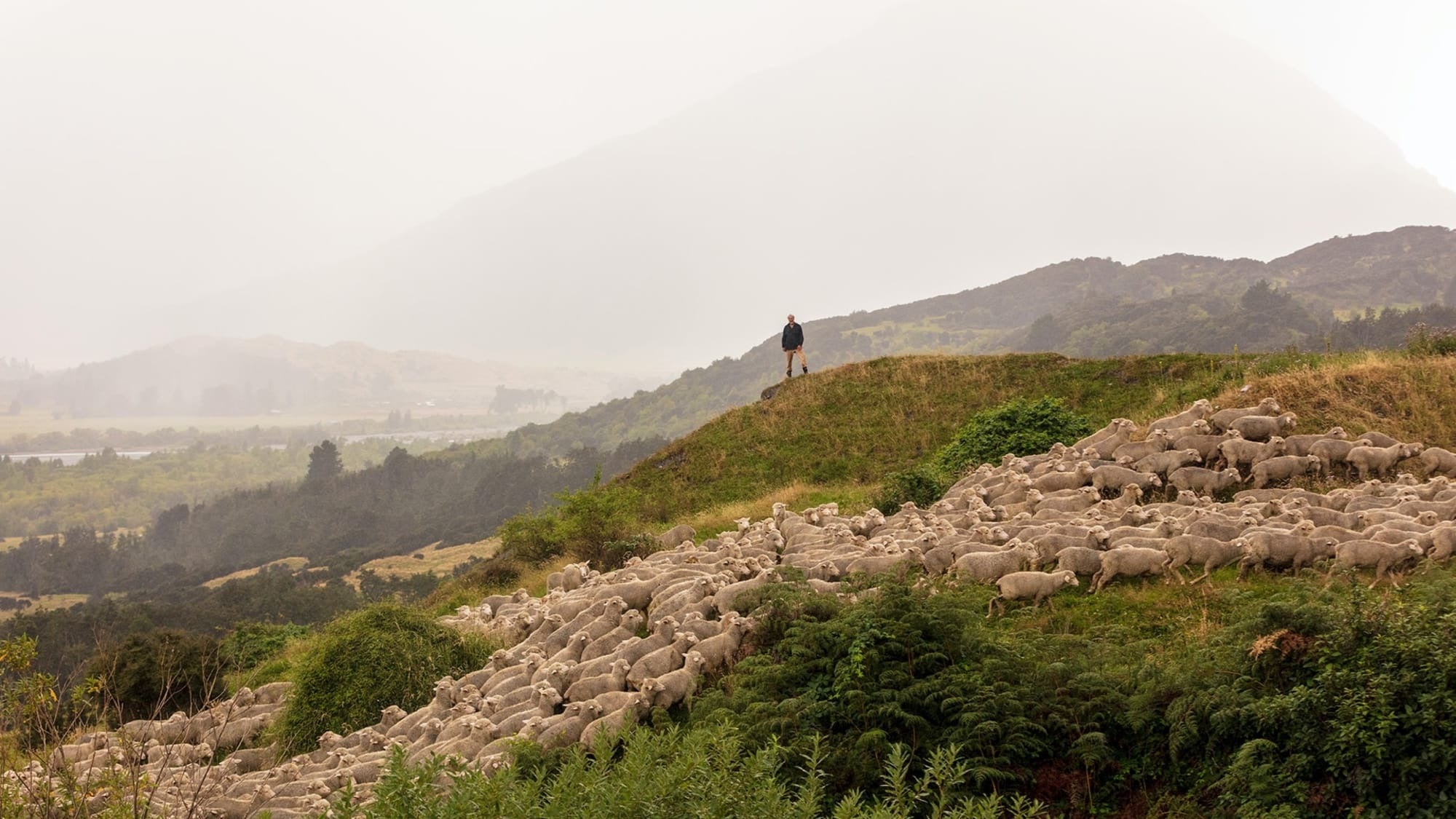Regenerative Agriculture

Our Goals for Dec. 2025
- 100% of Allbirds’ wool coming from regenerative sources
- Reducing or sequestering 100% of on-farm emissions from Allbirds’ wool
Why We Care
We love the amazing potential of natural materials. Which means the farm is the first step when sourcing for any product. In our eyes, the future of fashion is inextricably linked to the future of agriculture.
Unfortunately, modern agricultural practices—fertilizers, pesticides, tilling, just to name a few—have been destroying our food and fiber systems, stripping carbon from the soil. And somewhat ironically, soil needs carbon to flourish. The industrialization of the agriculture industry has led to it becoming responsible for ¼ of global greenhouse gas emissions. All that’s to say, the immense power of soil has been vastly underutilized. The reality is it’s been rendered a part of the problem instead of leveraged as part of the solution.
Because if soil’s healthy, it can help remove carbon from the atmosphere (where there’s too much) and store it in the ground (where there’s too little). And even though the science for measuring all of this is still new, leveraging regenerative agriculture techniques gives the world a real shot at solving climate change if it’s done on a large enough scale.
Not only does regenerative agriculture represent a huge opportunity to reverse climate change, it also provides added benefits to local communities, biodiversity, ecology, long-term viability of the land...the list goes on. Which is why we’re all in. And we think the rest of the fashion industry should be, too.

What We’re Doing
Merino wool is one of the natural materials in our repertoire. Merino wool comes from sheep. No surprises there, but what’s exciting about this connection is that sheep can help reverse climate change by speeding up the carbon storage process through regenerative practices. Simply by doing sheep things like eating grass and stimulating plant growth (reminder: plants take in carbon dioxide as they grow), they represent a great ally on our mission to reduce our footprint.
Sheep have been important members of our flock since day one, and thus, we’ve prioritized getting to know their farmers. And we’ve been in consistent conversation about how we can be supportive on our mutual journey to transform all of their farms to a regenerative model. We’re working with them to increase the supply of regenerative wool, while also creating innovative financing models to incentivize them to use their land to store carbon.
And finally, we’re investing in science to help create more data and knowledge around the impacts of regenerative agriculture in specific contexts. How are we putting our wool where our mouth is? With the help of partners like The New Zealand Merino Company, who established ZQRX, a scientific index to help growers continuously improve environmental and human outcomes. They connect us with farms like Temple Peak Station on the South Island of New Zealand, where growers Mark and Amanda Hasselman are regenerating the land for generations to come.







